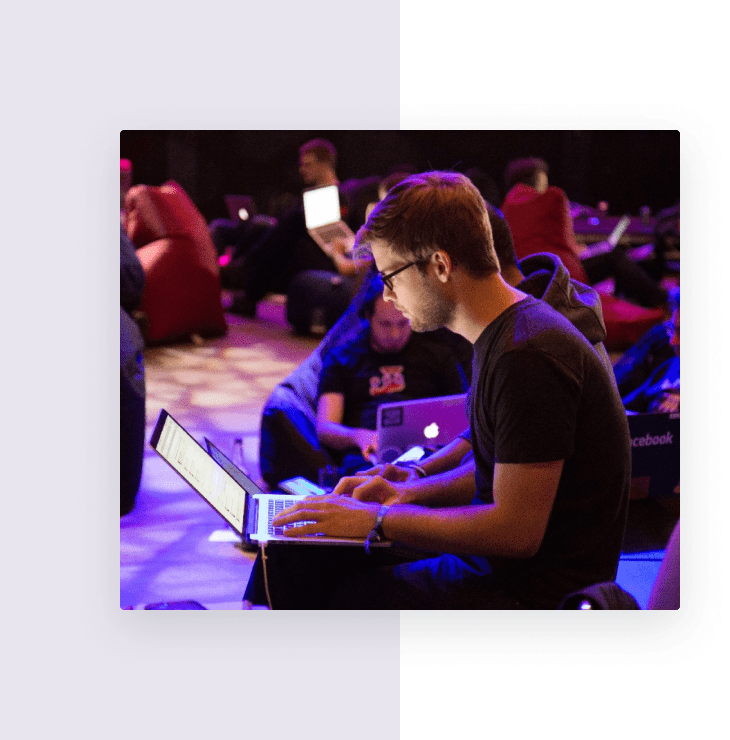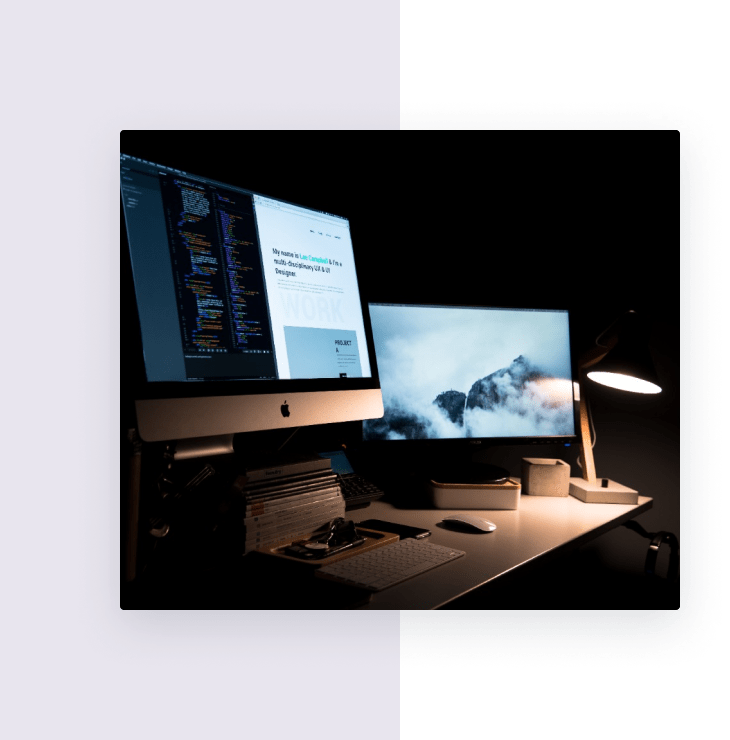Development Process
We take our time to understand all the needs of our clients and provide them with a custom solution that fulfills their requirements while keeping in mind their budget.
Salesforce Best Practices
Our Salesforce practice is more than just a team of experts; it’s a catalyst for transformation and success.
Requirements & Alignment
Assessing Capabilities from a Process & System Standpoint
This step involves a thorough examination of the existing processes and systems within the organization. The primary goal is to understand how the current operations work, identify pain points, and uncover areas where Salesforce can add value and streamline operations.
Aligning on Scope and Objectives at an Epic Level
Once the current state assessment is complete, the focus shifts to defining the scope and objectives of the Salesforce implementation. This also includes understanding the long-term vision of the organization and aligning the Salesforce implementation with this vision.

Feature Definition
Gathering Inputs from End Users, Business Owners, and Stakeholders
In this phase, the Salesforce implementation team conducts extensive workshops, interviews, and surveys with end-users, business owners, and stakeholders. The objective is to understand their specific needs, pain points, and requirements. Inputs are collected from various departments, including sales, marketing, customer service, and other relevant areas.
Fully Forming Features and Use Cases & Aligning on Regional Variances from Global Process Design
Based on the inputs gathered, the Salesforce implementation team proceeds to fully define the features and use cases. This involves creating detailed documentation that outlines the functionalities, workflows, and interactions within the system. In this phase, the team works closely with regional stakeholders to identify any necessary variations from the global process design.

Experience Design
Feature-Level Deep Discovery
In this phase, the Salesforce implementation team conducts an in-depth exploration of each feature identified during the feature definition process. The goal is to map out the future state experience for end-users, taking into consideration their unique requirements and preferences.
Technical Validation of UX
Once the future state experience is mapped out, the technical validation of UX is carried out to ensure that the proposed user experience is technically feasible and will work seamlessly within the Salesforce environment.

Solution Design
Designing the User Experience & Technology Solutions
In this step, the focus is on creating a user-centric design that aligns with the user stories and requirements gathered from end-users, business owners, and stakeholders. This step also focuses on defining the technical aspects of the Salesforce solution, including customizations, configurations, and integrations.
Solution Roadmap and Prioritization
Based on the designed user experience and technology solutions, the next step involves creating a solution roadmap that outlines the order of implementation for different features and functionalities. Prioritization is done based on factors such as business impact, complexity, dependencies, and resource availability.

Build & Test
Agile Sprints Planning & Building the Solution
During the sprint planning, the team selects the user stories to be worked on based on their priority and estimated effort. The goal is to deliver a potentially shippable increment of the Salesforce solution at the end of each sprint. During each sprint, the development team builds the Salesforce solution based on the requirements and designs defined in the previous phases.
Sprint Demo, Review and Retrospective
At the end of each sprint, the team holds a sprint demo where they showcase the completed work to stakeholders, including end-users and business owners. After each sprint, the team conducts a sprint review to evaluate the sprint’s success and identify any areas for improvement.

Capability Integration & Deployment
Capability Integration & Feature Acceptance Testing
In this step, all the capabilities and features developed during the Build & Test phase are integrated into the Salesforce solution. Before moving the solution to the production environment, feature acceptance testing is conducted with Subject Matter Experts (SMEs) and key stakeholders.
Promoting to Production & Post-Deployment Support
Once feature acceptance testing is successfully completed, the release is packaged to bundle all the components of the Salesforce solution together. After deployment, the implementation team provides post-deployment support to address any issues that may arise in the production environment and ensure a smooth transition to using the Salesforce solution.

Solution Architecture

Salesforce Solution
Design and architect solution components that will allow:
Salesforce core platform clouds to be configured, extended and customized to meet functional needs of the stakeholders.
Solution to scale for high volumes and meet the prescribed standards for performance
Secure user access to data and functionality within Salesforce
Integration
Our solution components that will allow:
Salesforce to be connected with external source systems via Mulesoft to service cross system operations and processes.
Integrated solution to scale for high volumes and meet the prescribed standards for performance
Secure user access for data exchange and cross system operations


Data Management
Ensure end to end data management that will allow:
Optimal data model architecture that follows Salesforce best practices for data model design
Right data to be migrated from right systems at right time to power the released capabilities
User data to be compliant with all the applicable data privacy laws globally.
Analytics
Design and architect solution components that will allow:
Users to view and interact with data in aggregated form for reporting analytics
Data ingestion and processing to derive insights and recommendations
Appropriate data access and security to be enforced when users peruse analytics


